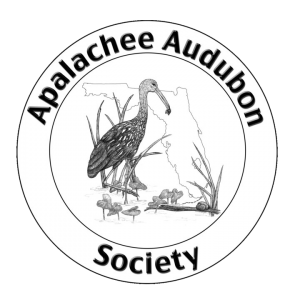Have you ever wondered what Florida’s landscape looked like in 1539 when Desoto’s expedition traveled up the peninsula from Bradenton to Tallahassee? I used to think that he had to hack his way through a jungle of dense thickets. Not so. Florida’s upland landscape was open. One could see a half mile across the pinelands and grasslands. No trails were needed. It was open country because of frequent fires caused by lightning and by Native Americans. Fires created an abundant and diverse wildflower garden causing Ponce de Leon to name this paradise “Florida” after Spain’s Feast of the Flowers festival. It was the land of flowers because it was the land of fire.
Desoto wouldn’t recognize the formerly open landscape today because, that which remains undeveloped, is choked with underbrush and other vegetation that has invaded the uplands. Natural fires can no longer manage the pinelands and prairies as before. Fortunately, government land management agencies and some private land owners are now managing their land with fire.
Wet Flatwoods, Jonathon Dickinson State Park Photo by Jim Stevenson
Thanks to the wisdom of Florida’s leaders in the 1940s, the Florida Park Service was directed to “acquire typical portions of the original domain of such character as to emblemize the state’s natural values and to conserve these values for all time.” The park service is actively restoring park lands to their original condition, to the extent possible. Trees can live to old age without being felled by chain saws and converted to board feet. Our parks are the best opportunities to easily observe and photograph wildlife inhabiting vast prairies, swamps, pinelands and marshes. This is possible because parks don’t tame wildlife, they tame people.
Today you can enjoy the largest springs and the four top beaches in the U.S., ornate cave formations, the largest sinkhole, diverse and abundant wildlife, and coral reefs in the world’s first underwater park. We can enjoy recreation, and observing and photographing these outstanding natural values in our state parks—The Real Florida.
We trust our leaders will demonstrate such wisdom for the health of the state parks and enjoyment of the people of Florida and tourists.
Jim A. Stevenson
Former Chief Naturalist
Florida State Parks
Florida_springs@comcast.net


